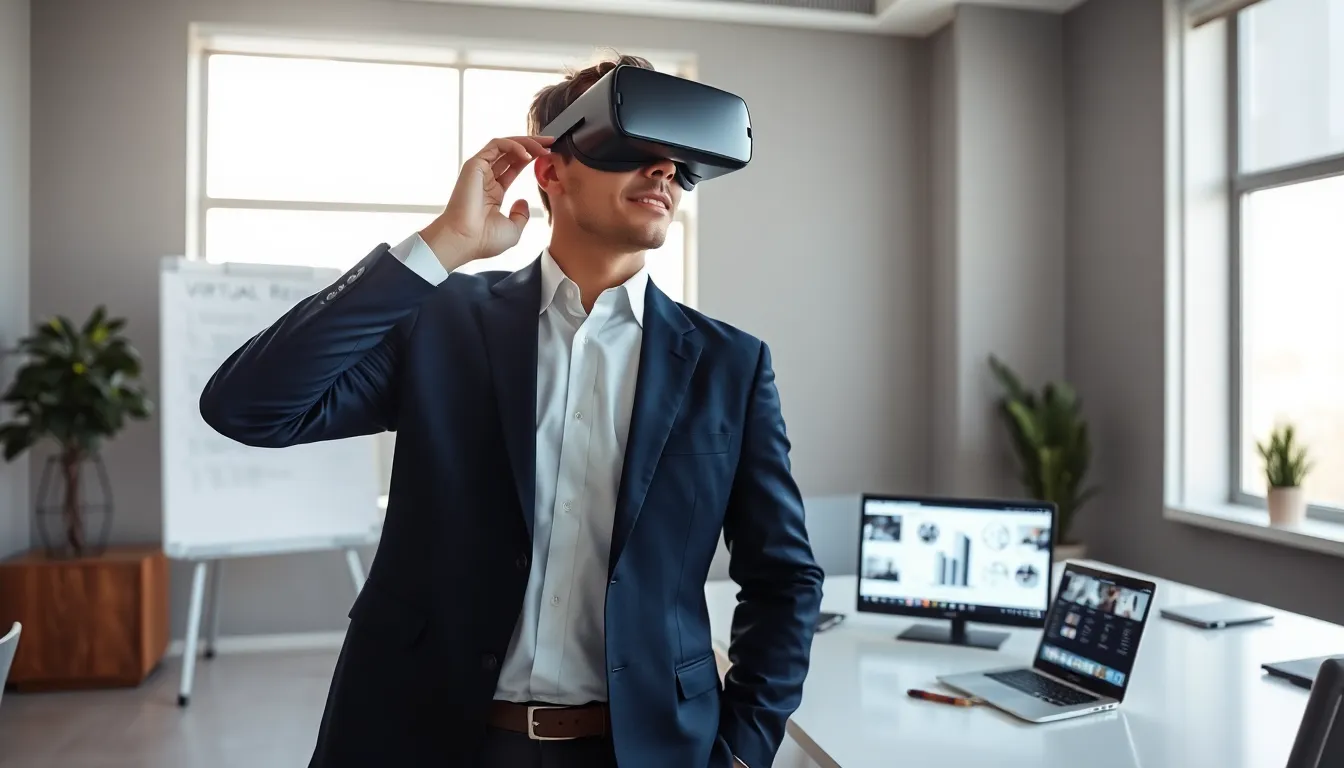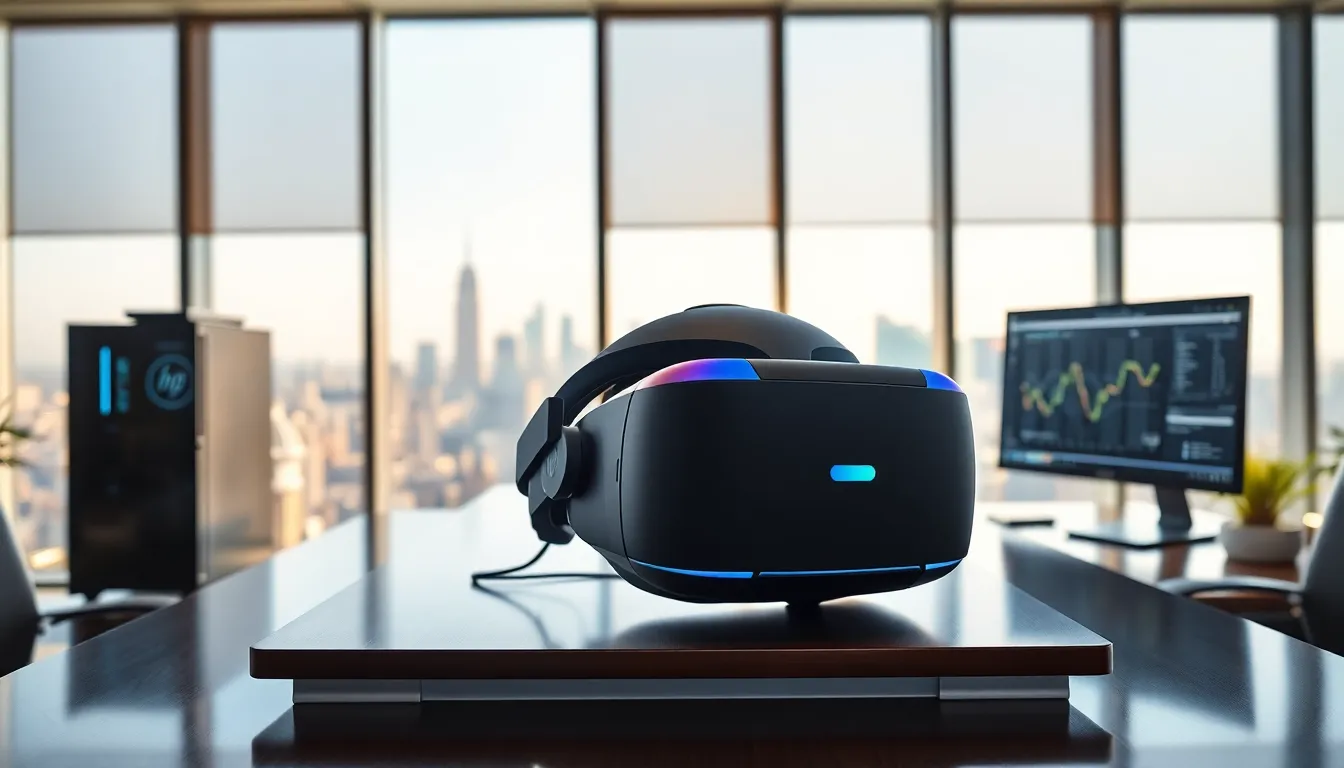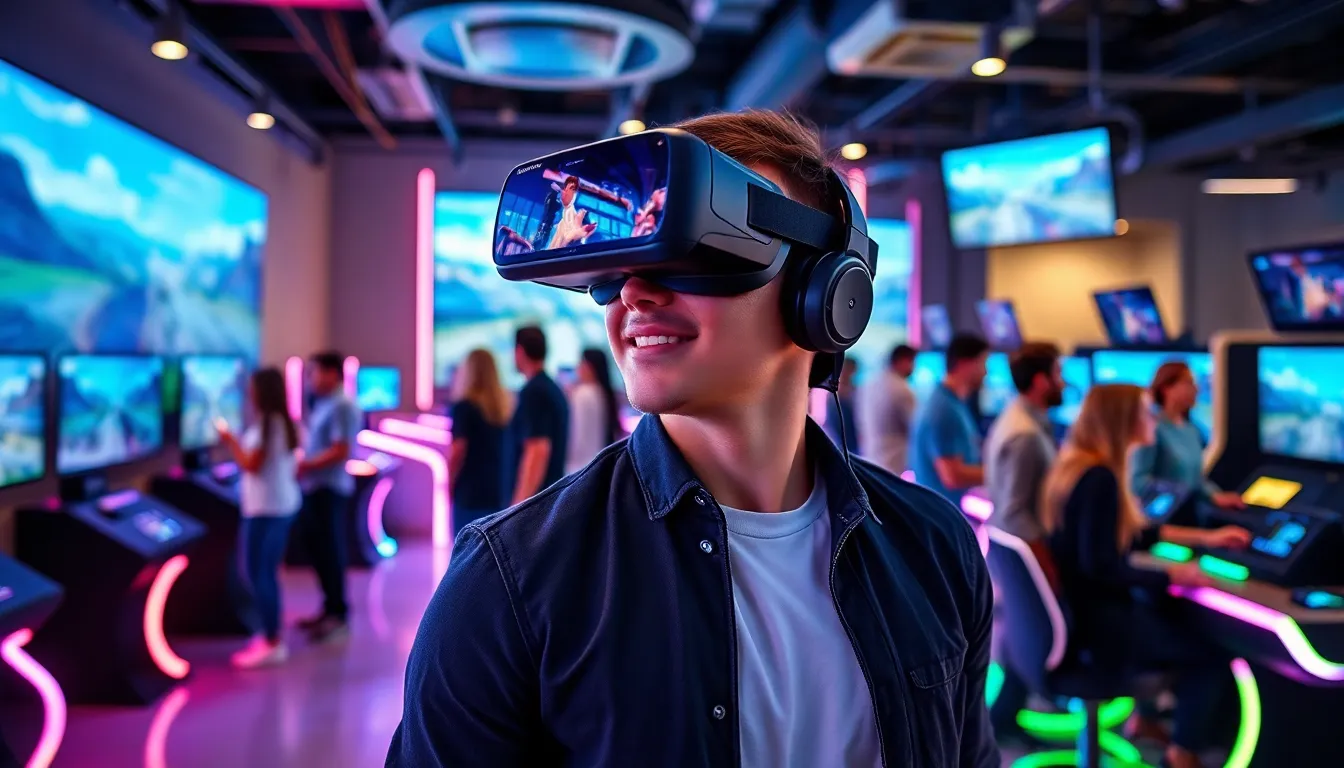Table of Contents
ToggleIn the world of 3D printing, bed adhesion is the unsung hero that can make or break a project. Imagine painstakingly designing a masterpiece only to watch it warp or detach mid-print, like a bad magic trick gone wrong. It’s enough to make even the most patient creator pull their hair out. But fear not! Mastering bed adhesion can turn those frustrating fails into triumphant prints that stick around—literally.
Understanding 3D Printer Bed Adhesion
Bed adhesion plays a crucial role in 3D printing, directly influencing print quality and success. Mastering this aspect greatly reduces the likelihood of print failure.
Importance of Bed Adhesion
Bed adhesion ensures the initial layers of a print stick securely to the print bed. Strong adhesion leads to better first layer quality, reducing warping and shifting. The effects become evident in high-precision prints, as they reduce failures during the printing process. Consistent adhesion supports a variety of filament types, including PLA, ABS, and PETG. Optimizing bed adhesion allows for more successful prints, boosting overall satisfaction with 3D printing projects.
Common Issues with Bed Adhesion
Several common issues may compromise bed adhesion during printing. Warping typically occurs when the print cools unevenly, causing edges to lift. Insufficient surface preparation often leads to weak adhesion, so regular cleaning is essential. Temperature discrepancies between the nozzle and bed can also affect adhesion, resulting in inconsistent results. Selecting the wrong print surface for a specific material contributes to adhesion problems. Identifying and addressing these issues can significantly enhance printing outcomes.
Types of 3D Printer Bed Surfaces
Various surfaces influence bed adhesion in 3D printing. Choosing the right one can enhance the print quality and reduce warping.
Glass Beds
Glass beds provide a smooth and flat surface, ensuring even heat distribution. They also offer excellent adhesion with materials like PLA and PETG when heated properly. Adhesives such as glue sticks or sprays can further improve grip. After cooling, parts frequently detach easily, minimizing damage. Maintenance remains simple, requiring occasional cleaning to remove residue.
PEI Sheets
PEI sheets are popular for their non-stick properties and strong adhesion. The surface holds printed objects securely during the process, especially with ABS and PETG filaments. This material resists warping, providing reliability for long prints. Common uses include various 3D printer models. To apply or replace, users must follow specific guidelines to ensure optimal performance.
BuildTak and Other Surfaces
BuildTak surfaces often combine consistency with durability. Suitable for a wide variety of filament types, they enhance adhesion without additional adhesives. They resist scratching and damage, making them useful for extended printing. Users should follow recommendations for installation and upkeep to maintain effectiveness. Other surfaces, such as textured sheets and magnetic beds, also provide alternative benefits for different printing needs.
Techniques for Improving Bed Adhesion
Improving bed adhesion involves various techniques that contribute to successful prints and high-quality outcomes.
Using Adhesive Aids
Using adhesive aids enhances bed adhesion for many filaments. Glue sticks provide an easy way to increase the grip on glass surfaces. Another option involves applying hairspray, which adds a fine layer that helps prints adhere better. For PETG, builders often recommend using specific adhesives designed for flexible surfaces. These aids can help tackle stubborn adhesion issues, particularly with challenging filaments.
Adjusting Print Settings
Adjusting print settings plays a crucial role in achieving better bed adhesion. Increasing the first layer thickness often yields better results by allowing more material to squish onto the build surface. Lowering print speeds for the initial layer ensures proper contact and can prevent warping. Enabling the first layer temperature adjustment also improves adhesion, as some materials require higher temperatures initially. Every printer has unique requirements, so finding the right balance is essential for various filament types.
Bed Leveling and Calibration
Bed leveling and calibration help ensure optimal adhesion during 3D printing. Maintaining a consistent distance between the nozzle and the print bed contributes to a solid first layer. Regularly checking the bed’s flatness can prevent uneven surfaces that lead to adhesion failures. Using bed leveling probes or manual leveling techniques aids in achieving accurate distances. Consistency in calibration makes a significant difference, especially for precision-focused prints.
Troubleshooting Bed Adhesion Problems
Bed adhesion problems can prompt frustration during 3D printing. By recognizing the symptoms, users enhance their chances of successful prints.
Identifying Symptoms
Common symptoms of poor bed adhesion include warping and lifting of prints. Prints disconnecting from the bed during progress signify adherence issues. Uneven first layers or rough textures create noticeable disruptions in quality. Significant gaps between the first layer and the print bed reveal a lack of adequate contact. Additionally, failed prints may appear incomplete or exhibit inconsistent extrusion patterns. Identifying these symptoms early allows for timely intervention and correction in the printing process.
Solutions for Common Issues
Adjusting the print bed’s temperature can enhance adhesion for certain materials. Increasing the nozzle height solves issues related to too much distance between the nozzle and the bed. Using adhesive solutions such as glue sticks or hairspray boosts grip on various surfaces. Changing the print speed for the first layer leads to a slower pace, allowing optimal adhesion. Regular bed leveling checks ensure a consistent distance between the nozzle and the bed. Choosing the right print surface, like PEI sheets or textured beds, can also remedy adhesion challenges effectively.
Conclusion
Mastering bed adhesion is a game changer for anyone involved in 3D printing. It not only minimizes print failures but also enhances the overall quality of finished projects. By understanding the nuances of different bed surfaces and utilizing effective techniques, users can significantly improve their printing success rates.
Regular maintenance and adjustments are key to achieving optimal adhesion. With the right knowledge and tools, transforming frustrating prints into high-quality results becomes an attainable goal. Embracing these strategies will lead to a more satisfying and productive 3D printing experience.







